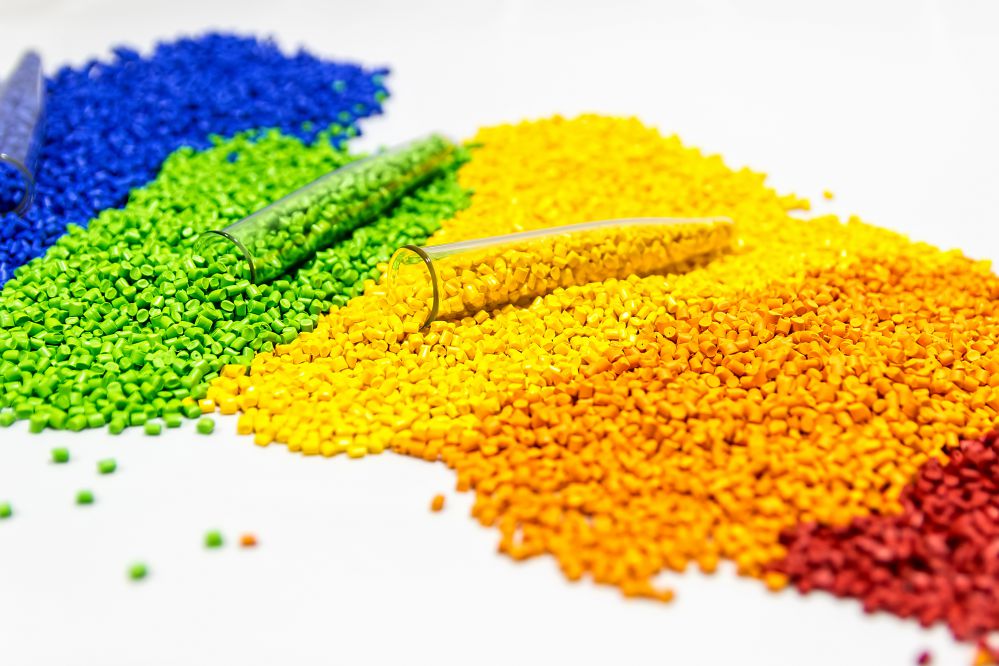Laser die cutting of labels is a digital converting process. In this application, the laser die cutter replaces mechanical dies in the execution of processes such as the cutting or trimming of label templates.
The use of laser technology is particularly advantageous. On the one hand, it overcomes the typical disadvantages of mechanical die cuts. On the other hand, it allows the same processes to be performed with a flexibility and precision impossible to achieve with diecuts.
In this respect, the laser die cutting process clearly shows the advantages of using lasers for labeling and packaging applications.
How the label production process works
The production of self-adhesive labels is one of the most traditional papermaking operations.
Typically, the label production process takes place in 3 steps:
- printing of the label on the master sheet
- engraving of the label template
- cutting of the label template
The die cutter is used for the operations of engraving the label and cutting it out from the master sheet to isolate the label from the sheet itself.
This processing technique has several disadvantages:
- in order to obtain new shapes to cut, manufacturers must create a new die cutter
- the mechanical properties of the tool do not allow complex shapes to be cut
- the cutting tool wears out quickly and needs maintenance to work efficiently
Given those features, a mechanical production system is only efficient if it can guarantee high production volumes. However, the market today rewards companies that are able to offer innovative, customised production processes that can support numerous orders with small production volumes. And from this point of view, a laser cutting machine is the optimal production tool.
Laser processing of labels
Laser die-cutting is based on an ablation process. The operation is carried out by a laser machine. The beam laser power, focused on the material, removes a portion of material through a chemical process called sublimation. By means of devices such as galvo laser head, it is possible to move the laser beam along a determined path. Digital control also makes it possible to precisely calibrate the instrument according to the desired type of processing. The operation is carried out at high speed.
There are two possible operations: laser kiss-cutting and laser cutting. Both are laser cutting processes, but differ in how deep they cut the material.
Laser kiss-cutting and laser cutting
Laser kiss-cutting consists of cutting the surface layer of a multilayer material. Adhesive labels are printed on master sheets. These sheets typically consist of two layers: a top layer on which the graphics are printed and a backing layer, onto which the adhesive is glued. In laser kiss-cutting, the laser engraves only the surface, freeing the adhesive template from the backing matrix.
In laser cutting, the beam passes through all the layers of material, freeing the adhesive from the matrix and reducing it to a unit.
The advantages of laser label die cutting
Laser finishing offer numerous advantages:
- the cutting path can be modified by simply loading a new file into the system
- the absence of mechanical contact allows particularly complex cutting paths to be followed
- laser cutters does not wear out and requires minimal maintenance
For a company using a digital laser die, it becomes possible to manage production in an innovative way. It can now make prototypes for the customer, start small volume production runs and accept numerous orders that wouldn’t be sustainable with traditional production methods. It is a true paradigm shift in the way we conceive production.
There is yet another advantage. In the digital converting industry, and particularly in paper converting, CO2 lasers are almost exclusively used. These laser systems are known to interact very efficiently with paper materials. This characteristic, coupled with the reduced production of processing waste, makes the laser an eco-friendly production tool.
Contact us
El.En. has developed numerous digital converting applications over the years. Contact us to find the application that best suits your needs.




